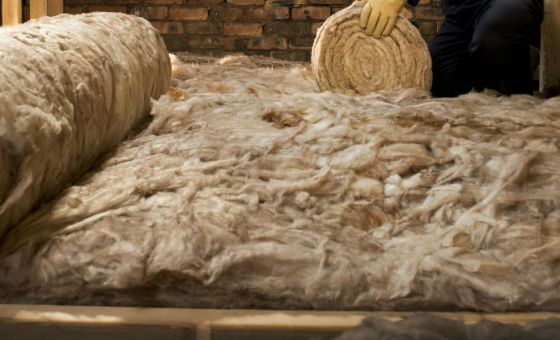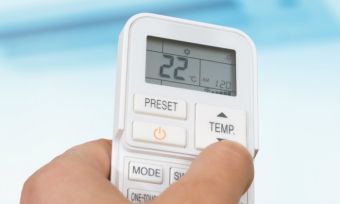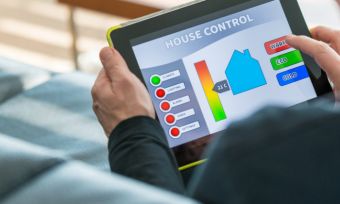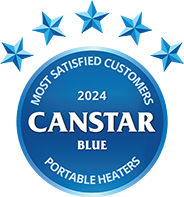Our review compares portable heater brands on customer satisfaction, so you can find out what other Aussies think about the compared brands before you go ahead with a purchase. Think of it as like asking hundreds of your closest mates which portable heater brand they think is best!
Canstar Blue surveyed 869 Australians for their feedback on the portable heater brand(s) they have purchased and used in the last three years.
The winning brand is the one that receives the highest overall satisfaction rating once all the scores from the overall satisfaction criteria are combined and averaged.
Brands must have received at least 30 responses to be included, so not all brands available in the market have been compared in this survey. The brands rated in this survey are listed below in order of best overall satisfaction.
Find more detailed information on our Most Satisfied Customer methodology.
Dyson is a vacuum and household appliance brand that was invented by James Dyson. The brand sells a range of fan and purifier heaters that have heating and cooling capabilities, including the Hot+Cool Jet Focus, Purifier Hot+Cool and Pure Hot+Cool models.

This article was written by Canstar Blue Home & Lifestyle Content Producer, Rachel Bollerman. Rachel graduated with a Bachelor of Communications, majoring in Journalism at the Queensland University of Technology. She has worked in a variety of public relations, marketing and communications roles, gaining experience in community management, social media marketing, blog writing and other styles of copywriting. When she’s not working, Rachel enjoys doing arts and crafts projects at home and spending time with friends.

Samantha Howse is Canstar Blue’s Consumer Research Specialist, coordinating the consumer research program behind our customer satisfaction awards across Canstar and Canstar Blue in Australia and New Zealand. Sam has earned a Bachelor of Business (Marketing) from Griffith University and, with seven years in market research and 2 years in marketing, she is experienced in survey design, implementation and analysis, coupled with an understanding of marketing principles and best practice.
Here are the past winners from Canstar Blue’s portable heater ratings:

Best-Rated Air Conditioners - January 24th
The Canstar Blue guide to home insulation. Keep the cost of cooling and heating your home down without blowing the power bill budget.
– Read more
Appliances - November 6th
Ducted air conditioning is indisputably the pinnacle of household heating and cooling. Unlike conventional air conditioners which can usually only cool one or two rooms, ducted air con uses vents (or ducts) in the walls …
– Read more
Best-Rated Air Conditioners - November 3rd
What temperature should you set your air conditioner too? Does air con temperature affect running costs? Read more at Canstar Blue.
– Read more
Appliances - October 27th
What is a smart air conditioner? What can they do? Find out all the answers to your smart air conditioner questions at Canstar Blue.
– Read more
Appliances - September 30th
While they’re more commonly used in winter, the air-conditioning can also take its toll on your skin and immune system in summer. Follow our guide to find the right humidifier for you.
– Read moreSee our Ratings Methodology.
*Product availability and price range are current as of the stated date, may be subject to change.
Referral Partners
By clicking on a brand, 'go to site', 'shop online', 'get quotes now', or 'see offer' button, you will leave Canstar Blue and be taken to our referral partner to compare. Canstar Blue may be paid for this referral. You agree that Canstar Blue’s terms and conditions apply to this referral.
Canstar Blue may earn a fee for referrals from its website tables, and from sponsorship of certain products. Fees payable by product providers for referrals and sponsorship may vary between providers, website position, and revenue model. Sponsorship fees may be higher than referral fees. Sponsored products are clearly disclosed as such on website pages. They may appear in a number of areas of the website such as in comparison tables, on hub pages and in articles. Sponsored products may be displayed in a fixed position in a table, regardless of the product's rating, price or other attributes. The table position of a Sponsored product does not indicate any ranking or rating by Canstar. The table position of a Sponsored product does not change when a consumer changes the sort order of the table. For more information please see How Are We Funded.

